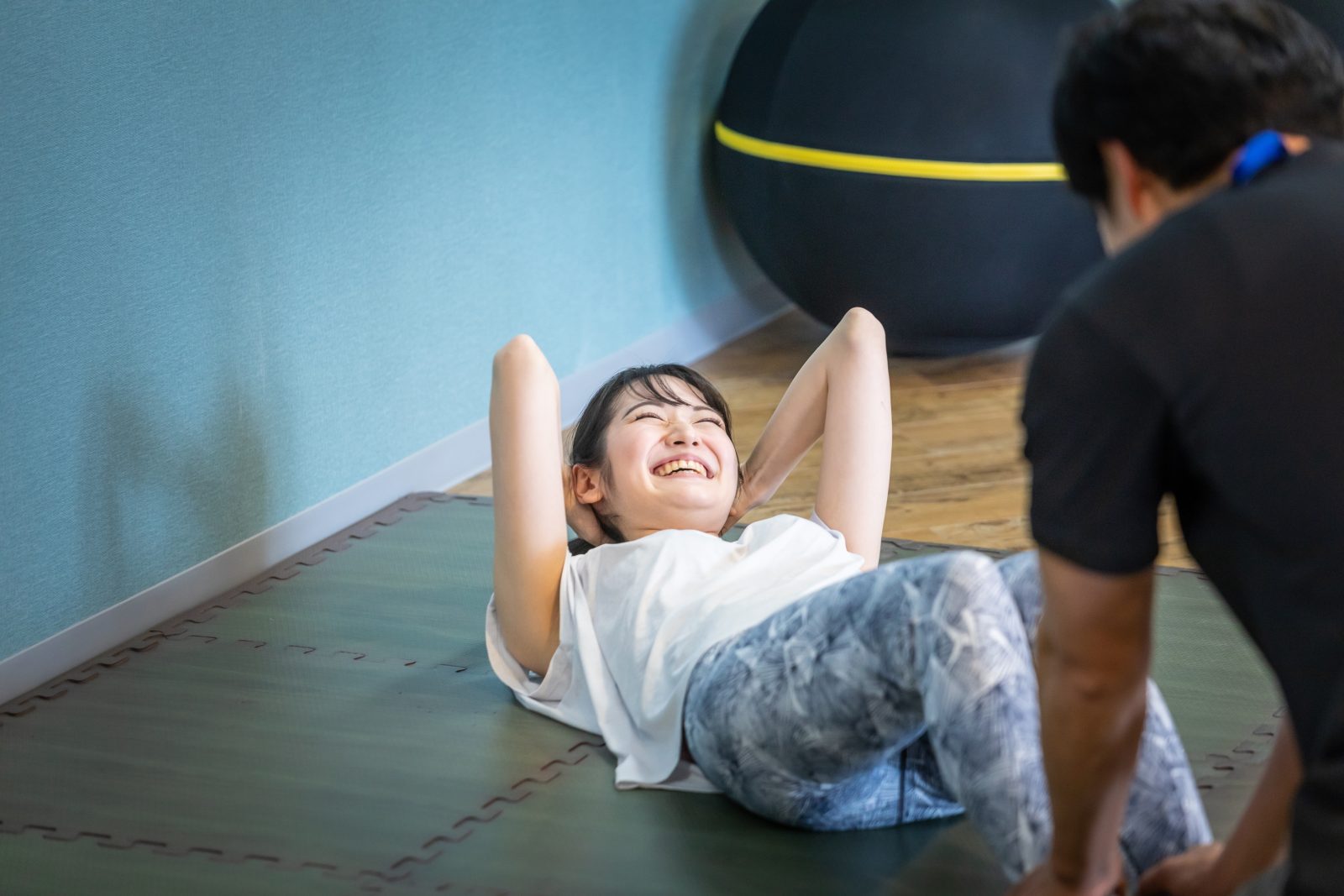Regular exercise is a powerful tool for improving your health. Yet, integrating it into your daily routine and maintaining consistency can be challenging. Fortunately, there are effective strategies to help you stay on track.
When you make exercise a regular part of your life, you’ll soon experience noticeable improvements in your physical well-being and overall health.
If you’re thinking about beginning an exercise routine but feel unsure about how to start, this article is designed just for you. It provides a comprehensive guide to initiating an exercise regimen and staying committed to it.
Why Exercise?
Exercise is a powerful tool for improving your health. Its benefits include helping you achieve and maintain healthy body weight, building muscle mass, and reducing the risk of chronic diseases. Beyond these, research has shown that exercise can enhance your mood, boost mental well-being, improve sleep quality, and even elevate your sex life. Furthermore, it can keep your energy levels up, making exercise a transformative force in improving your overall quality of life.
Common Types of Exercise
Exercise comes in various forms, including:
Aerobic: This involves continuous movement and should be a core part of any fitness routine. Examples include swimming, running, and dancing.
Strength: These exercises focus on increasing muscle power and strength. You can achieve this through resistance training, plyometrics, weightlifting, or sprinting.
Calisthenics: Calisthenic exercises use your body weight and large muscle groups without the need for gym equipment. They’re performed at a moderate aerobic pace and include lunges, situps, pushups, and pull-ups.
High-Intensity Interval Training (HIIT): HIIT workouts consist of short bursts of high-intensity exercise followed by low-intensity exercises or rest periods.
Boot Camps: These are timed-based, high-intensity circuits that combine aerobic and resistance exercises.
Balance or Stability: These exercises strengthen muscles and enhance body coordination. You can try activities like Pilates, tai chi poses, and core-strengthening exercises.
Flexibility: These exercises help muscle recovery, maintain your range of motion, and prevent injuries. Options include yoga and individual muscle-stretch movements.
You can perform these activities individually or combine them to create a workout routine that suits your preferences. The key is to find what works best for you and, most importantly, enjoy the process.
How to Get Started with Exercise
Before diving into a new workout routine, there are some important steps to consider:
Check Your Health
It’s crucial to consult your healthcare provider and undergo a physical examination before starting any exercise program, especially if you’re new to strenuous activities. This early checkup can help identify any health issues or conditions that might pose a risk during exercise. It also allows you and, if you opt for one, your personal trainer to understand your limitations and design a tailored workout plan.
Create A Plan and Set Realistic Goals
When beginning a regular exercise routine, start with a plan that consists of achievable steps and goals. Begin with simple, manageable tasks, and gradually build upon them as your fitness level improves. For instance, if your ultimate goal is to complete a 5-kilometer run, create a plan that starts with shorter runs and progressively increases the distance until you can complete the entire 5 kilometers in one session. Setting small, attainable goals increases your chances of success and keeps you motivated throughout the journey.
Establish A Routine
Consistency is key to exercise success. Making your workout routine a habit can greatly enhance your long-term commitment. Research suggests that replacing unhealthy behaviors with healthier habits is an effective strategy for maintaining them over time. Additionally, setting a specific schedule or exercising at the same time every day can help you stick to your routine. For example, you might decide to work out immediately after work or in the morning. The key is to select a time that suits your schedule and preferences.
1-Week Beginner’s Exercise Program
Here’s a simple 1-week exercise plan that requires no equipment and can be completed in 30–45 minutes daily. This program is adjustable to your fitness level and can be as challenging as you prefer.
Monday: Begin with a 40-minute moderate-pace jog or brisk walk.
Tuesday: Take a well-deserved rest day.
Wednesday: Start with a brisk 10-minute walk, then move on to the following circuits without resting between exercises, but take a 1-minute break after each set. Finish with some stretching.
Circuit #1: Perform 3 sets of 10 lunges for each leg, 10 pushups, and 10 situps.
Circuit #2: Complete 3 sets of 10 chair-dips, 10 jumping jacks, and 10 air squats.
Thursday: Another rest day to recharge.
Friday: Enjoy a 30-minute bike ride or a moderate-pace jog.
Saturday: Keep it easy with another rest day.
Sunday: Conclude the week with a 40-minute run, jog, or a long walk.
The 1-week program outlined above is a basic starting point. For more workout ideas and plans, explore the following resources:
20-minute workout for beginners
30 moves to make the most of your at-home workout for various skill levels
6 low-impact cardio exercises in 20 minutes or less
Tips for Beginners
Stay Hydrated: Drink fluids consistently throughout the day to maintain proper hydration levels. Hydrating during and after exercise is especially crucial, especially in hot weather.
Optimize Your Nutrition: Consume a balanced diet to support your fitness journey. Carbohydrates provide energy for your muscles, both before and after exercise. Protein aids in muscle recovery and growth, while healthy fats help with energy preservation.
Warm Up: Prioritize warming up before your workout to prevent injuries and enhance performance. Aerobic exercises like arm swings, leg kicks, and walking lunges are effective warm-up options.
Cool Down: Cooling down post-workout is vital for your body to return to a normal state. It helps with breathing patterns and reduces muscle soreness. You can cool down with light walking or stretching.
Listen to Your Body: Pay attention to your body’s signals, especially if you’re new to daily exercise. If you experience pain or discomfort, take a break. Pushing through pain can lead to injuries. Remember that progress takes time, so there’s no need to rush; consistency is key.
















Find Us on Socials